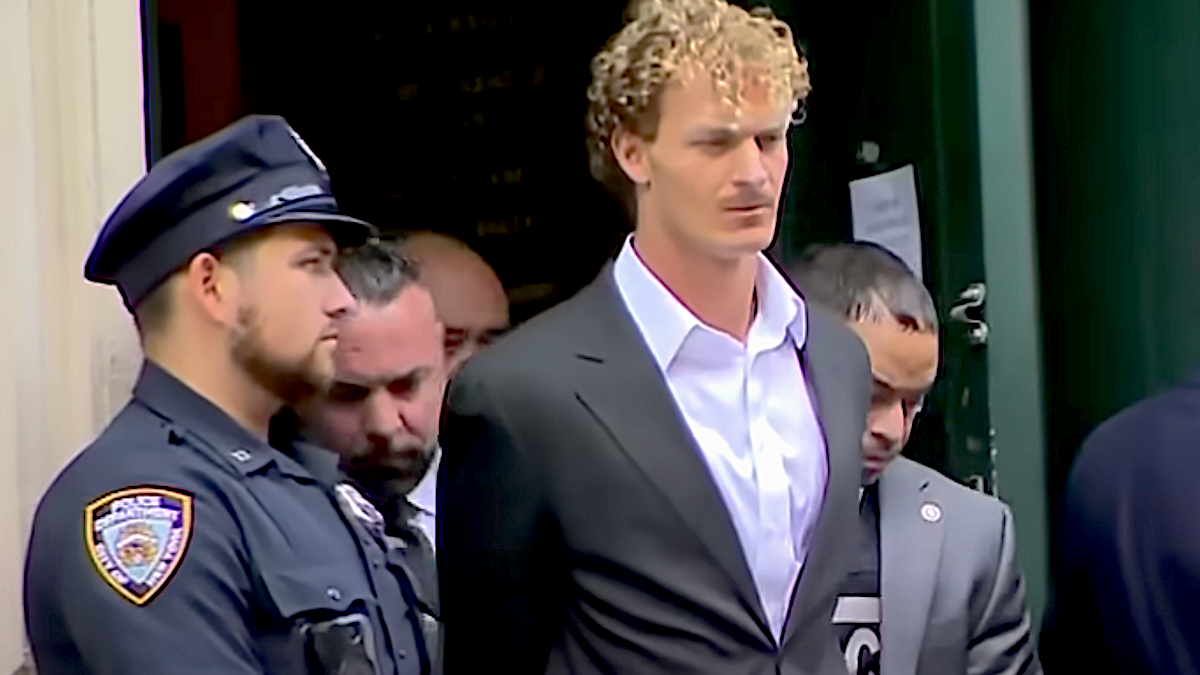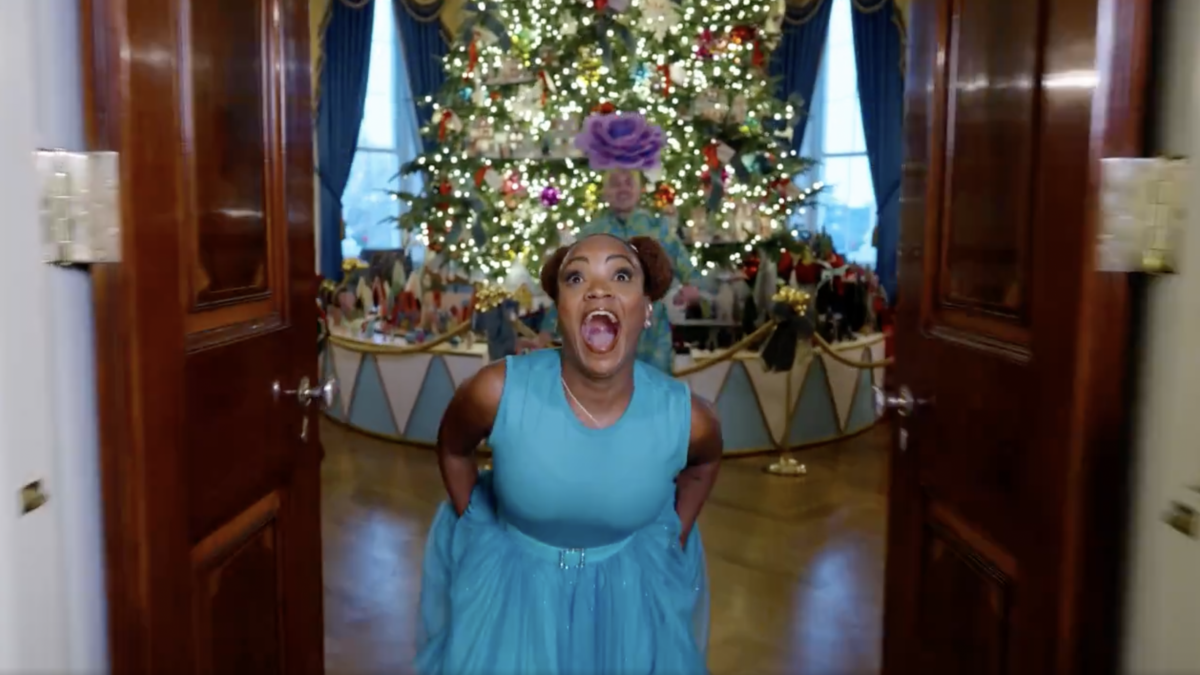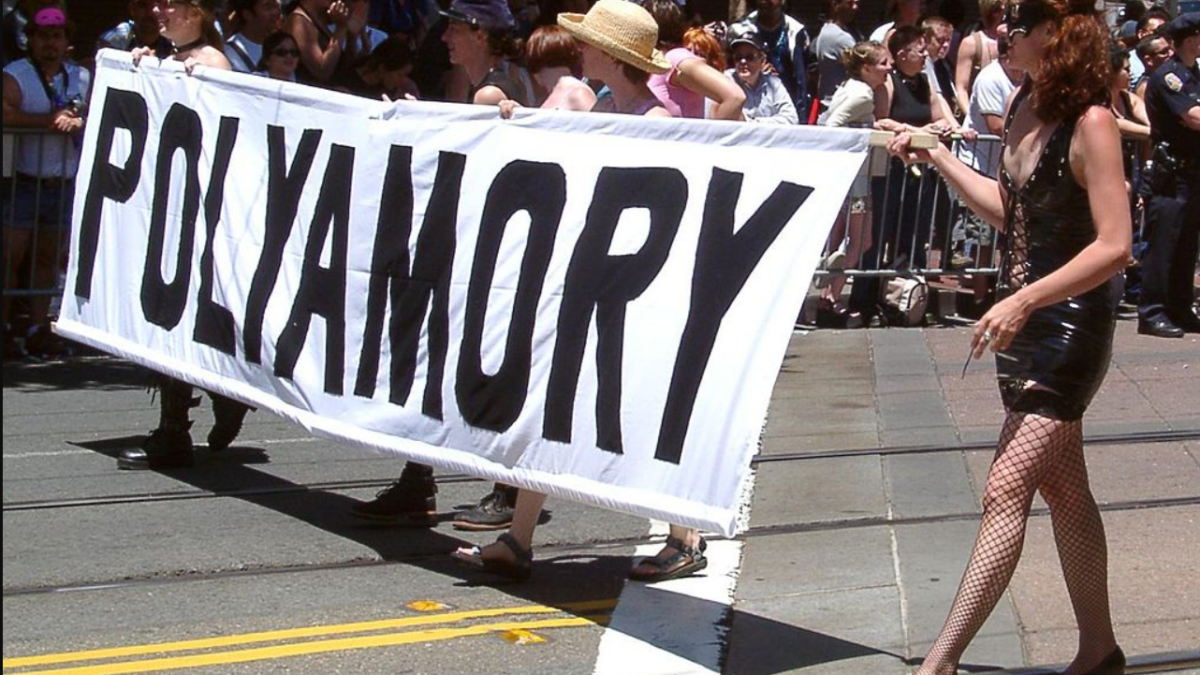
A high school senior is proud of having ruined a classmate’s life by posting a three-second video clip the classmate had long since forgotten about. In fact, he thinks of it as a learning moment, and he’s happy about it. So is The New York Times.
In an article that went viral over the weekend, Times writer Dan Levin walked readers through the triumphant tale of Jimmy Galligan, who last year in history class clicked on a message that featured a video of a “white classmate looking into the camera and uttering an anti-Black racial slur.” He saved the video. He bided his time.
The student went to his school. They’d even been friendly over the years. Yet this video, four years old at the time he first viewed it, struck a nerve. Perhaps deciding that revenge is a dish best served cold, he held onto it and waited for his moment.
That moment came after the classmate, Mimi Groves, got into college with a spot on the cheer team at the University of Tennessee. When Groves posted her support for Black Lives Matter on social media after her admission, and after George Floyd’s death in May, she was confronted with a barrage of responses from people claiming her advocacy was hypocrisy.
Levin wrote that one message, from someone Groves “said she did not know,” read: “You have the audacity to post this, after saying the N-word.” Groves was horrified. Galligan was pleased. This was the kind of lesson he was looking to teach. In fact, when Levin dug into why Galligan didn’t say something to the school administration, or to Groves, it turned out that Galligan had, in the past, attempted to remedy things in that way and got no results of the kind he was apparently looking for.
Once Groves was schooled in the error of her ways through public revenge-taking, the results Galligan longed for came quickly. Groves was publicly shamed, her admission to her dream school rescinded, and her plans for the future sacked.
The University of Tennessee posted their own tirade against Groves, saying they had “received several reports of racist remarks and actions on social media by past, present, and future members of our community.” They specified that “We have a responsibility to support our black students and create a place where all Vols feel safe.”
They tweeted “following a racist video and photo surfacing on social media, Athletics made the decision not to allow a prospective student to join the Spirit Program. She will not be attending the university this fall.”
Levin writes Galligan now says he had “no regrets,” quoting Galligan as saying, “If I never posted that video, nothing would have ever happened.” Galligan wants to remember this moment of destruction, telling Levin “I’m going to remind myself, you started something. You taught someone a lesson.”
In that, Levin let Galligan have the last word. For Galligan, Levin, and The New York Times, this outcome was a boon. A privileged white girl learned her lesson and lost her entitlement. A community realized how truly racist they are, and a boy on the brink of adulthood was able to serve lessons in social justice that will last him a lifetime.
There are more than just a few problems with this whole story, however. As Jesse Singal notes:
The kid who held on to the recording for years, also a teen when all this went down, will now be subjected to a nationwide outrage wave himself. This culture of surveillance and public humiliation is just exhausting and endless.
“What is telling,” Singal writes, “is how people on one side can’t imagine how a teen who wasn’t deep-down evil could possibly use a racial slur at 15, and people on the other can’t imagine how a teen who wasn’t deep-down evil could be so calculating and vindictive with the recording.”
While he’s not wrong, much of the issue also has to do with the decision by Levin and the New York Times to make this international news and essentially cheer Galligan on. Undoubtedly, Galligan will see this article as a vote of approval from grown-ups in positions of power who are proud of his efforts to behave as though he were one of the errant teens in Arthur Miller’s “The Crucible.”
Writing for Reason, Robby Soave comments that “Like most people with a vaguely functioning moral compass,” he was “horrified” by the story, writing he doesn’t “blame the teen who publicized the video,” but “the NYT editors who lionized him for it.” He continues:
There’s nothing unusual about teenagers being extremely cruel to each other … Young people say and do awful things to each other. The point of school is to socialize them out of this, to teach better behavior, to allow them to fail, to learn, to grow. That’s why it’s wrong to expect perfect behavior from a 15-year-old. No one can pass this standard.
As he points out, the real problem is that the kind of behavior Galligan behaved in was praised by the paper of record. “The country’s most important newspaper decided that normal teen misbehavior deserved name-and-shame coverage,” says Soave, “The Times made Galligan a hero for this. That’s on them.”
Honestly, it is somewhat absurd that a girl’s future was stolen from her because a vindictive classmate planned her downfall and that this fellow classmate has been praised for it in the national press. Katie Herzog, Singal’s co-host on their “Blocked and Reported” podcast, disagrees:
This is a rare case in which I disagree with Robby on a culture war issue. You may not like the piece’s framing (I don’t), but I would still write this story. The subjects clearly agreed to be a part of it and it illustrates a very real phenomenon and one worth highlighting.
Herzog goes on to say, “I’m not sure how this is any different from the multitude of other cancelation stories other than the characters’ ages.”In many ways, it isn’t, and yes, it’s a story worth writing. But the glaring truth remains: after years of cancellations, online mobbings, and shamings, we’ve learned absolutely nothing.
Groves was not outing herself as a Nazi. The word she uttered, so incredibly off-limits for white folks, so incredibly acceptable for black folks, is pervasive in pop culture. Groves said the word in an attempt to be “cool,” and the video sat. Indeed, it was meaningless for four years. It wasn’t until it was weaponized against her that anyone cared at all.









